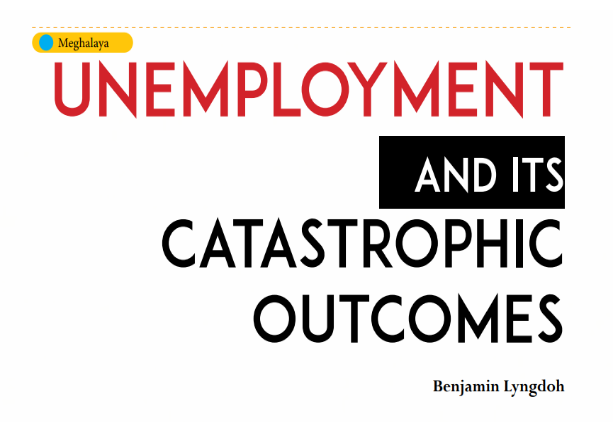
The problem which is most challenging to any society is unemployment. Its criticality stems from the fact that employment is the link between educational qualification/competencies acquired by the youth in the early part of their lives and the capability for living a decent/respectful lifestyle. As such, the failure to find employment is catastrophic on two counts. Firstly, it would imply that whatever was learned in the past and the investments made in education are all proven wasteful.
Secondly, it makes the future bleak and uncertain as far as sustenance and personal/professional growth is concerned. In whatever way we look at it, it does not bode well for the affected. As a relief to the problem, the youth are asked to live with hope. They are asked to hope for the best. But, the question is how do we hope for better days when the entire situation is of hopelessness? Today, even the most qualified fail to find opportunities for employment. If we talk of the majority then there is no light at the end of the tunnel. This is the hallmark of hopelessness.
Since employment is a key component in the lifespan of a person, the failure to do so results in the possibilities of a number of catastrophic outcomes. These are mostly expressed in the form of anxiety, depression, agitation, aggressiveness, indulging in drugs and alcohol, etc. However, these responses can be clubbed and expressed through a term called ‘neuroticism’. If the youth is ‘neurotic’ then there is no future for society. In addition, it results in the ultimate catastrophe called ‘militancy’.
Neuroticism is an important element of personality. A commonly used framework for understanding personality is ‘The Big Five Personality Traits’. It started developing in the 1980s and today stands as one of the most frequently applied frameworks for assessing personality and to comprehend ‘as to why people behave the way they do’. Here, the five traits are openness to experience, conscientiousness, extroversion, agreeableness and neuroticism. Each trait is important. But, neuroticism stands out. This is because the degree of neuroticism (or emotional stability) defines how one responds to situations. There are two opposite ends to neuroticism. The first end is where the youth are cool, calm, relaxed, sure, confident and have a sense of positive clairvoyance. The second end is where the youth are insecure, lack confidence, frightened, worried, irritated, nervous, sad, tense, angry, anxious and chronically pessimistic. In general, it is found that the youth of the latter neurotic profile are more as compared to the former. Moreover, in some cases their degree of insecurity, fear, anxiousness, pessimism, etc is to the extent that it openly influences upon their outlook and behaviour. One can also say that ‘there is no household in Meghalaya that is free from a neurotic youth’. It is a food for thought!
To read the further articles please get your copy of Eastern Panorama May issue @http://www.magzter.com/IN/Hill-Publications/Eastern-Panorama/News/ or mail to contact @easternpanorama.in


